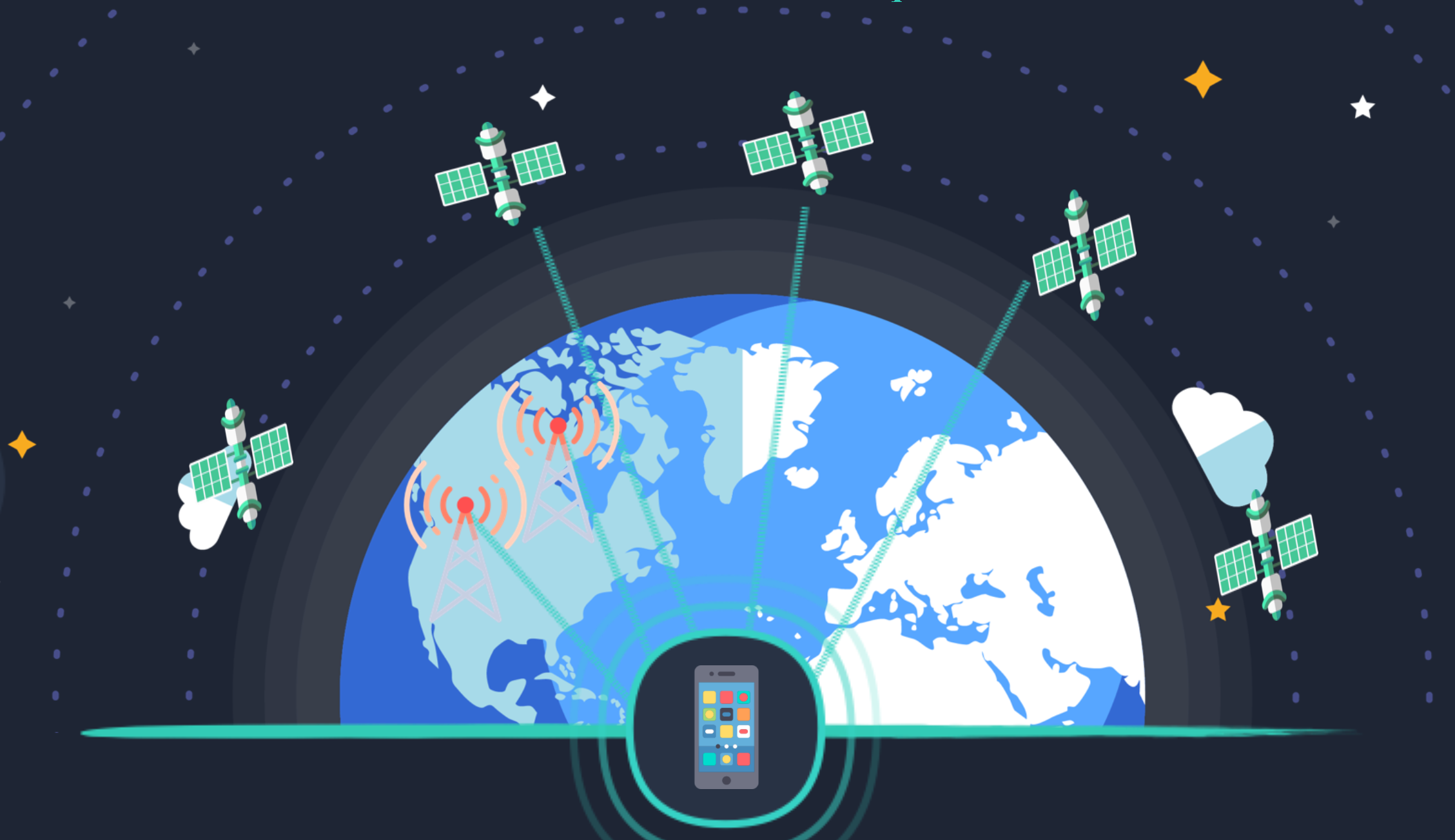Samsung has announced its plan to develop a satellite-based communication solution that will allow users to make and receive calls and messages on their smartphones even in remote areas without any cellular coverage. The new service will be called “Direct-to-Satellite” and will use low earth orbit (LEO) satellites to provide connectivity.
Samsung introduced its own solution for satellite connectivity on smartphones earlier today. The company announced the 5G non-terrestrial networks (NTN) modem, which allows phones to communicate with satellites in areas where cellular network access is unavailable.
The company stated that it intends to incorporate this technology into its own Exynos chip, which is used in many Samsung smartphones but not the current flagship model, the Samsung Galaxy S23. This technology, according to the Korean tech giant, uses “satellites and other non-terrestrial vehicles” to give connectivity in remote areas.
Also, read: Samsung debuts a Bixby feature that creates an AI-generated replica of a user’s voice to answer calls
The decision comes after Apple introduced satellite connectivity with the iPhone 14 and 14 Pro for off-grid connectivity. The corporation first made this technology available in the United States and Canada before spreading it to France, Germany, Ireland, and the United Kingdom. Apple is reliant on the Globalstar satellite network.
“This milestone builds on our rich legacy in wireless communications technologies, following the introduction of the industry’s first commercial 4G LTE modem in 2009 and the industry’s first 5G modem in 2018,” Min Goo Kim, vice president of communication processor development at Samsung Electronics said in a statement.
“Samsung aims to take the lead in advancing hybrid terrestrial-NTN communications ecosystems around the world in preparation for the arrival of 6G.”
For emergency situations, the current generation of satellite communication technology promises two-way texting and phoning. But, Samsung claims that future iterations of its technology will be able to transfer photographs and videos as well.
Qualcomm announced a partnership with Iridium last month at the Consumer Electronics Show (CES) to deliver satellite connection to Android phones powered by Qualcomm Snapdragon 8 Gen 2.
















